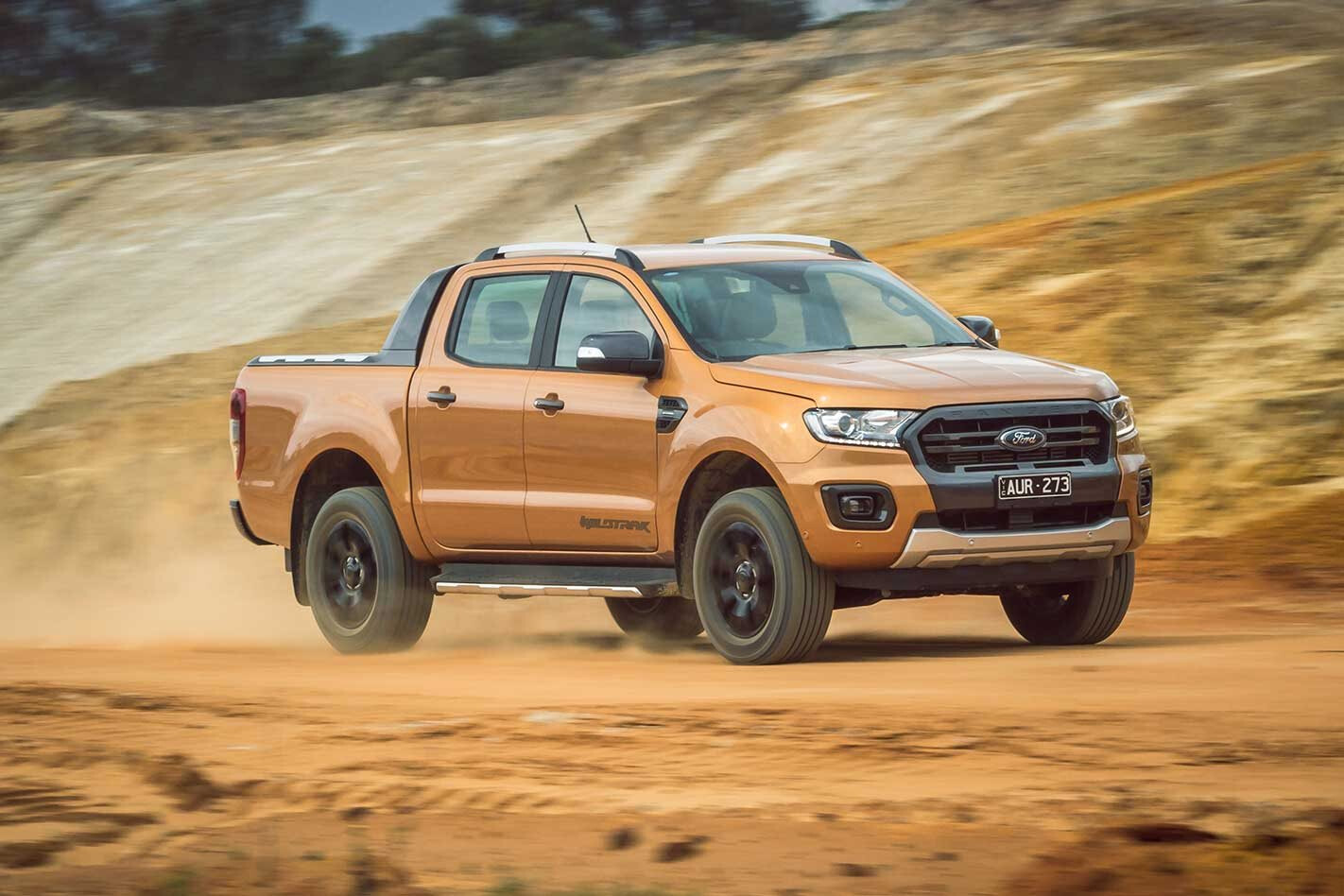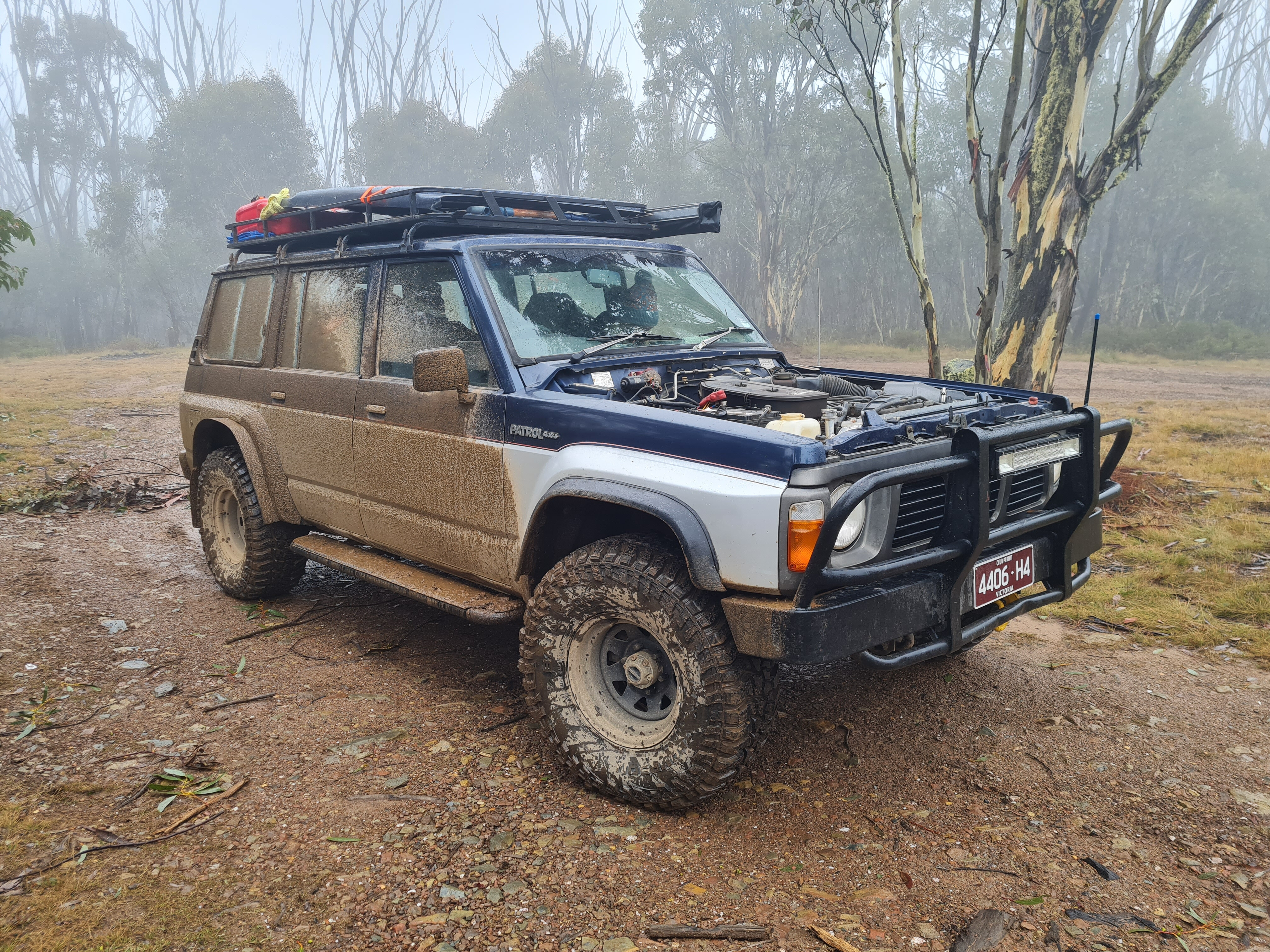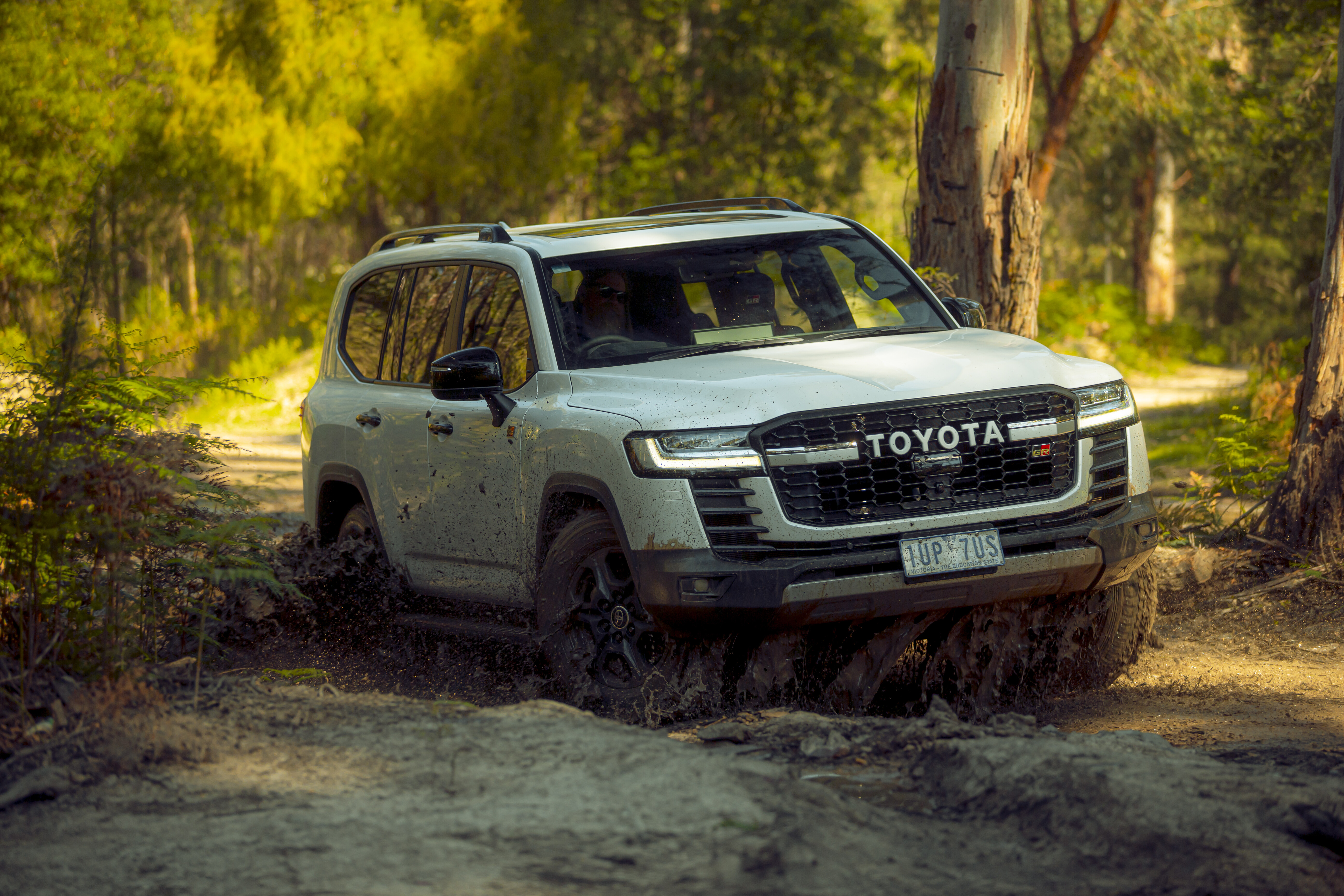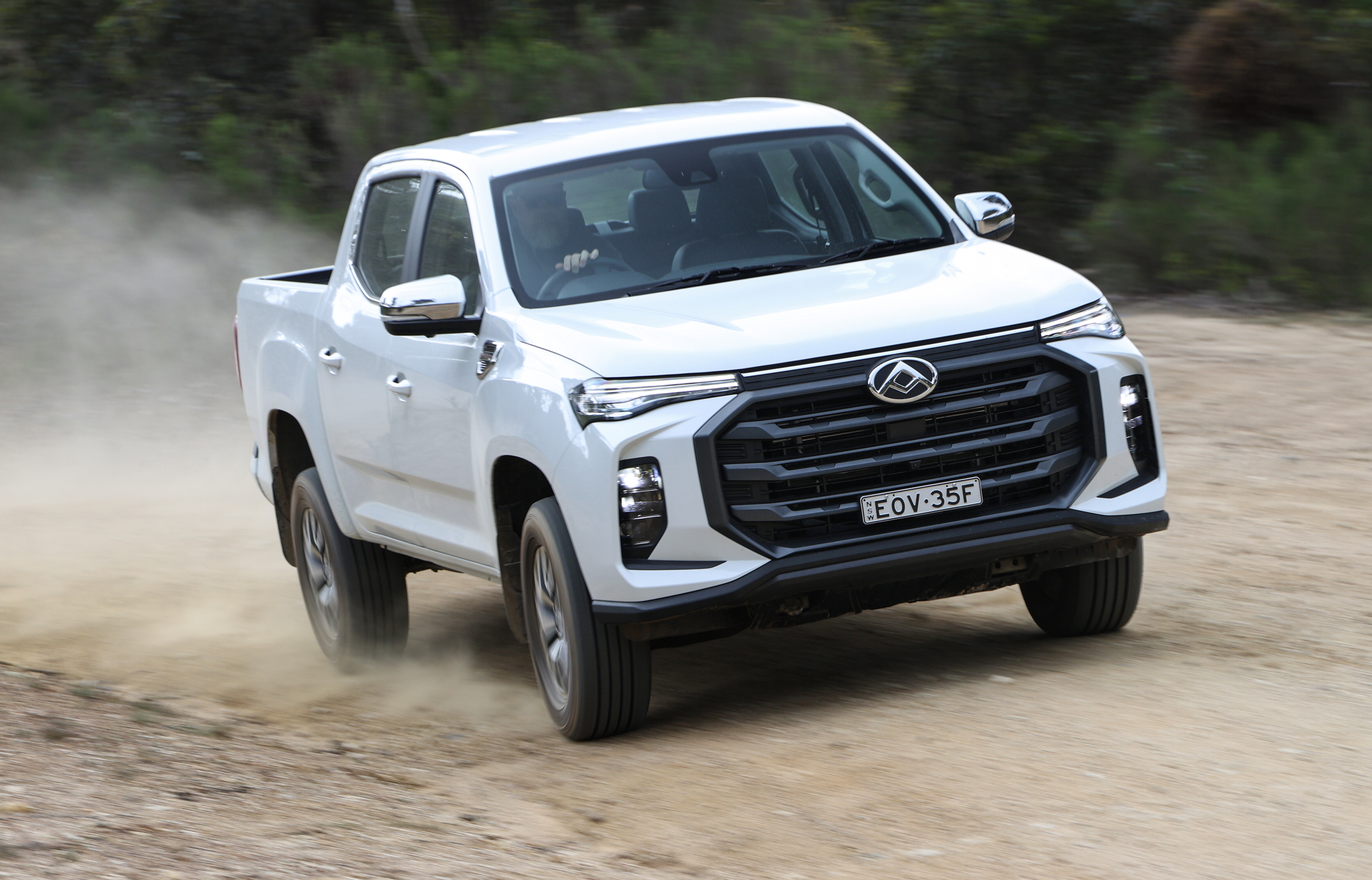THE MY19 Ranger has the same engine options as the MY19 Everest, with the workhorse now sharing the Raptor’s 157kW/500Nm 2.0-litre bi-turbo diesel (BTD) engine, backed by a 10-speed auto, as a $1200 option on XLT and WildTrak. The 3.2TD/six-speed auto/manual combo carries over across the range, as does the venerable 2.2TD (six-speed auto only in 4×4 spec) in the base-model XL.
On top of the new engine option, the Ranger has copped some suspension tweaks and a raft of new safety features including Inter-Urban Autonomous Emergency Braking (IUAEB) with Pedestrian Detection (at up to 60km/h) and Vehicle Detection (standard on Wildtrak, optional on XLT), and Semi Auto Active Park Assist – a first for a dual-cab ute. Improved NVH levels, a nifty lift-assist tailgate, and smart-key entry (XLT and Wildtrak) are other notable features.
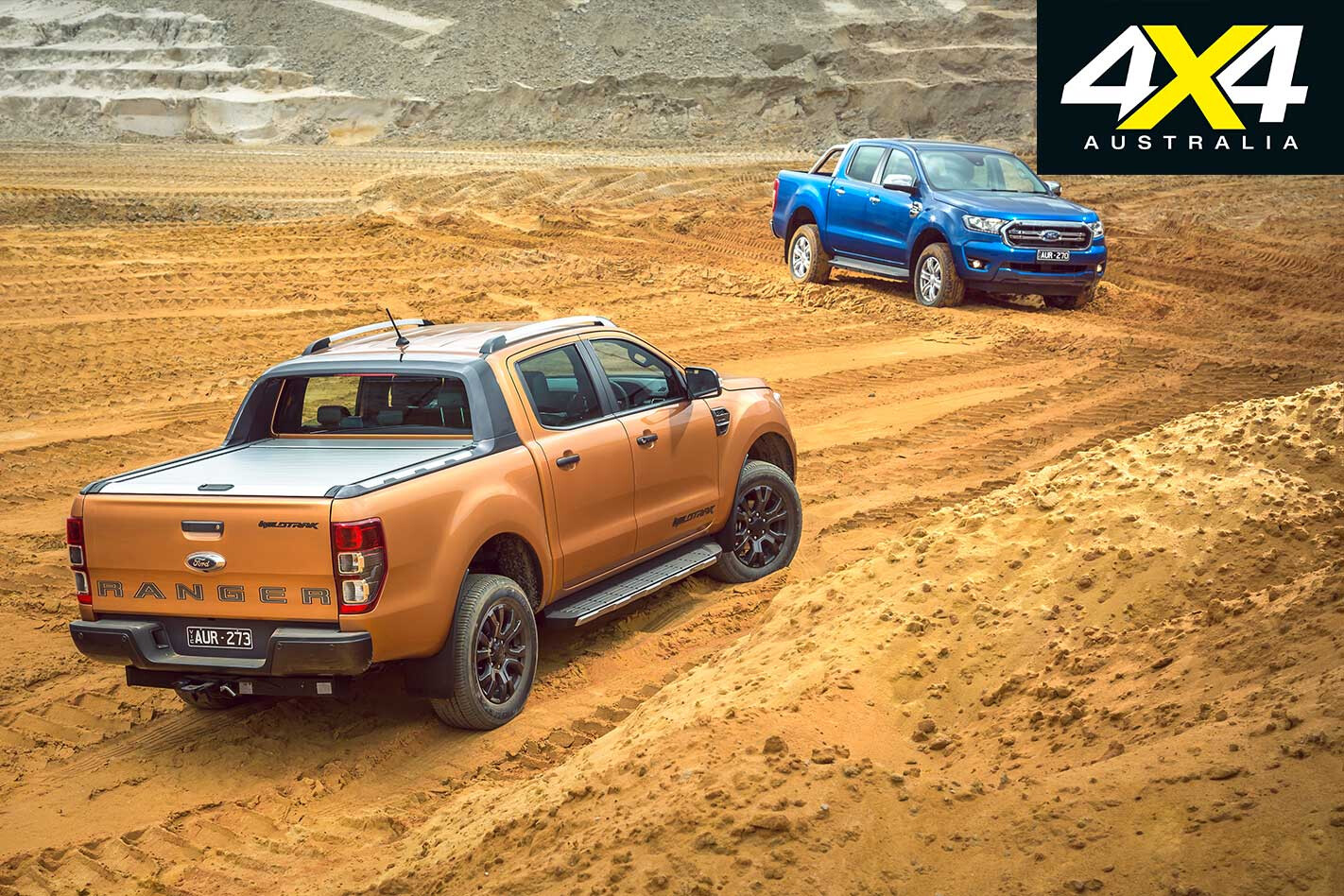
Dual-cab 4×4 Ranger pricing starts at $47,890 for the XL dual-cab 3.2TD with six-speed manual, and tops out at $63,990 for the 2.0BTD WildTrak. All Rangers come with a five-year unlimited kilometre warranty.
Going to Market
THE Ranger’s bluff styling, excellent (in its class) on- and off-road performance, large dealer network and robust drivetrain have all contributed to its success. With more and more buyers looking at the Ranger as the family wagon solution, its all-rounder capabilities are the big selling point – Ford’s latest enhancements to the Ranger are aimed squarely at keeping it front and centre for new vehicle buyers.
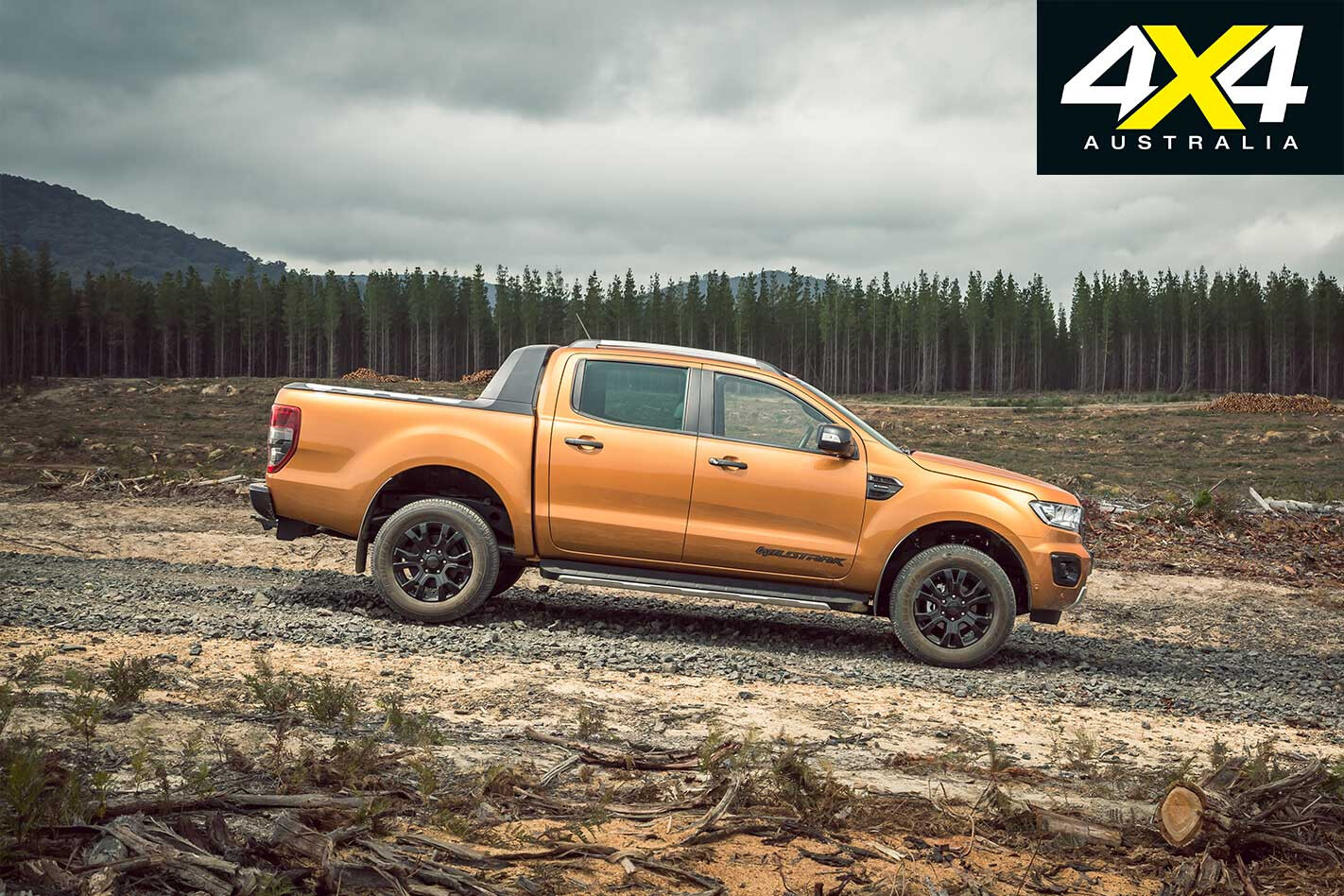
The new 2.0BTD offers more power and torque, along with a smoother, more linear delivery of both through the 10-speed auto. The inclusion of AEB with Pedestrian Detection (using a combo of cameras and sensors to detect pedestrians, cyclists, etc.), along with SAAPA, to an already impressive Driver Assist Technology (DAT) package on the top models (standard on Wildtrak; a $1700 Tech Pack option on XLT) enhances appeal to safety-focused buyers.
Ford expects the two ‘main’ diesel powerplants to share equal take-up from buyers at this stage, so, by keeping the 3.2TD, those who are averse to a ‘smaller’ engine still have the option of a larger capacity powerplant, and one that’s well proven. However, Ford is quietly confident the new donk will win over buyers but won’t say if there’s an end-date for the 3.2TD. The four-tier range – XL, XLS, XLT and Wildtrak – all offer it as the standard powerplant.

Besides the new donk/auto combination, the other driving-oriented change is the across-the-range revision of the Ranger’s suspension; Ford engineers changed the position of the anti-roll bar, while upping its stiffness.
This effectively reduces body roll and thus allows fitment of re-rated, thinner springs for a ‘softer’ ride, moving the Ranger further away from any preconceptions of a hard-riding load-lugger and toward a definite wagon alternative.
Styled up
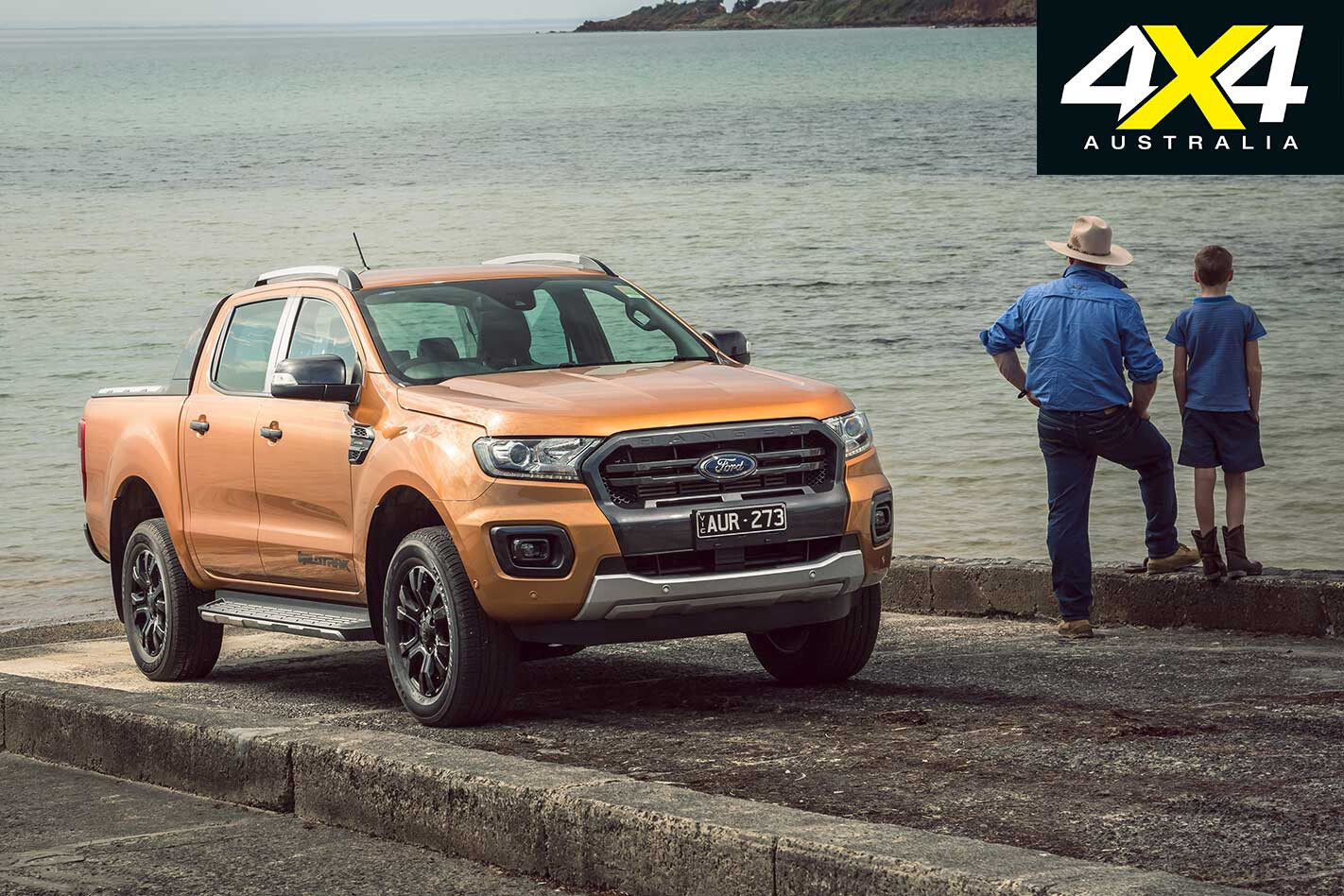
RUN your eyes over the exterior of this mid-life update and there aren’t many differences. Each model gets a slightly revised front end, with the Wildtrak’s the most obvious, courtesy of its exclusively styled front bumper. The XLT and Wildtrak both get HID headlights and LED Daylight Running Lights (DRLs), with the Wildtrak also running LED fog lights as standard.
The base spec XL’s 16-inch steelies aside, the remaining models all run alloy wheels; the XLS running on 16-inch hoops, the XLT 17s (with 18s an option) and the Wildtrak on 18s. An all-black 18-inch alloy is an option on both XLT ($750) and Wildtrak ($4500) models.
For those who pay the additional $1200 for the 2.0BTD, you get a subtle “BI-TURBO” badge on the front quarter air intake. The Wildtrak also gets an exclusive new ‘Sabre’ colour.
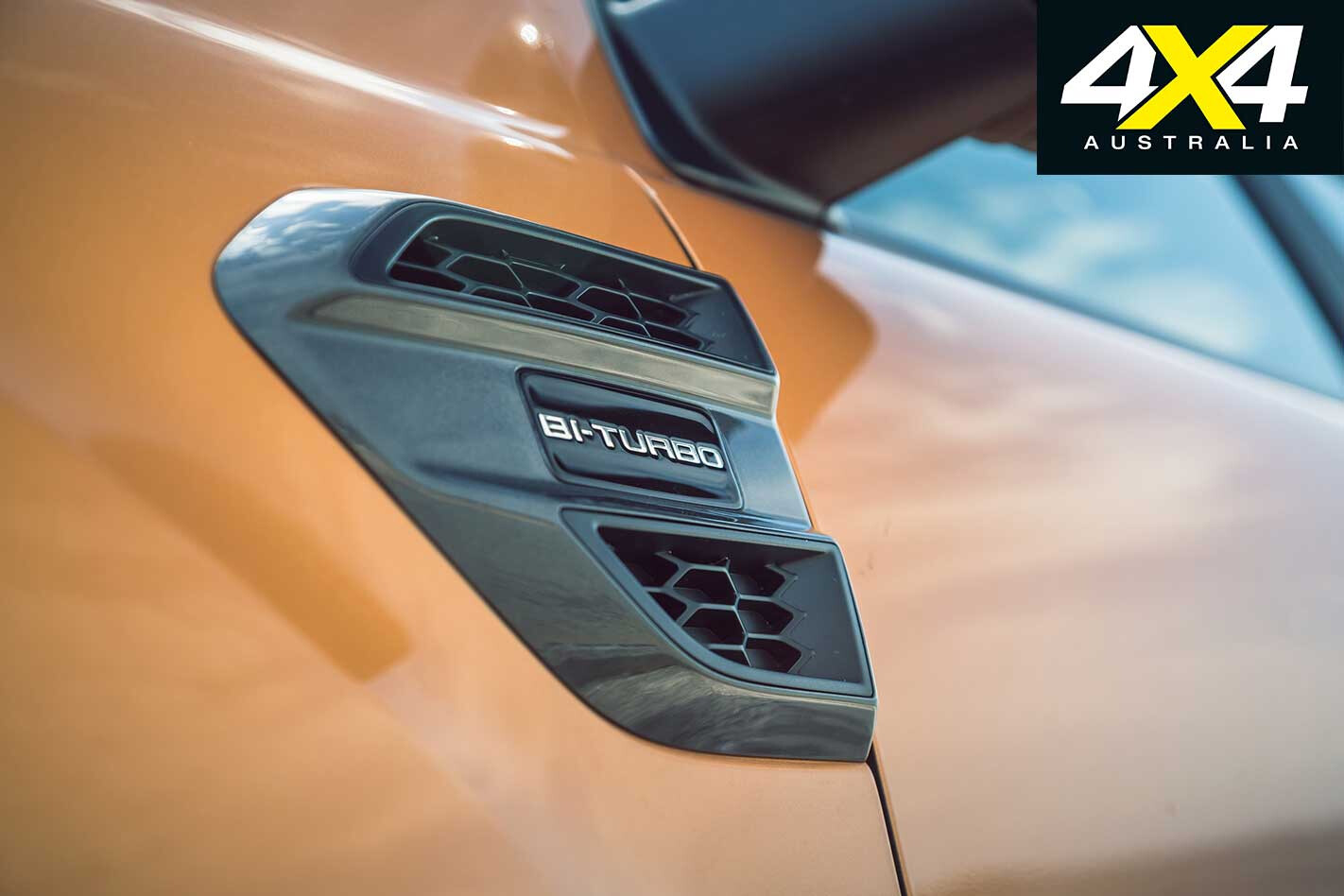
The Ranger interior has always been a decent place to spend time, with subtle restyling comprising of roof lining (it’s now darker) and stitching colour changes. The Wildtrak gets heated partial-leather seats (a $1650 option on XLT) but, bizarrely for a top-spec model, only the driver’s is power-adjust.
The SYNC 3 infotainment system features an eight-inch touchscreen and is standard on XLT and Wildtrak ($1950 option on XLS; XL makes do with a SYNC 1 system). The cabin is also now quieter, with acoustic glass used for the side windows and front windscreen.
A New Motivation
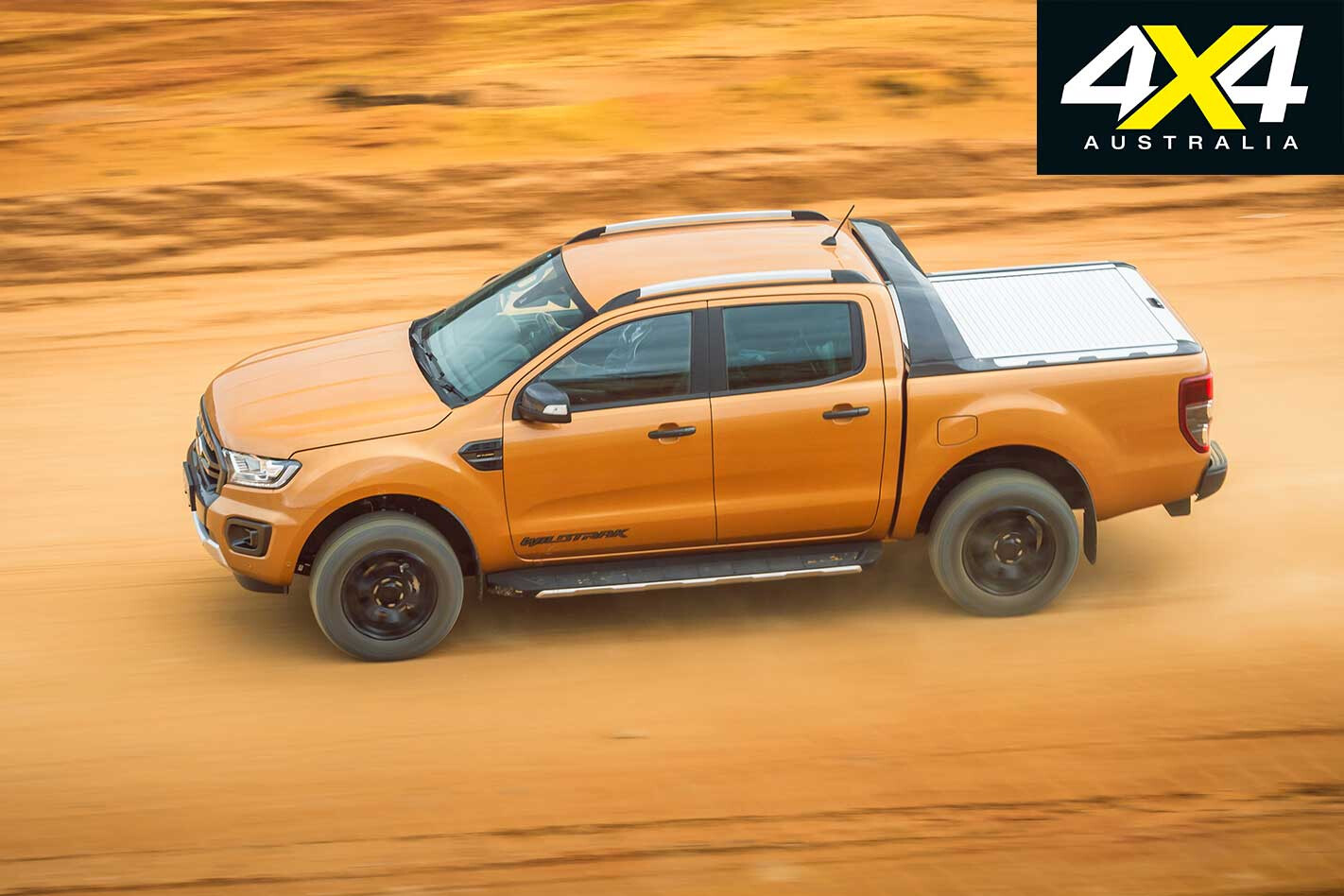
AT $1200, the optional 2.0BT engine represents brilliant value thanks to its more linear delivery of power and torque compared to the lumpier 3.2TD, helped no doubt by the seamless shifting of the 10-speed auto. It’s a far more modern powerplant than the 3.2TD, and this is reflected in its improved driveability, both on- and off-road. Plus, the Ranger with this engine retains its 3500kg towing capacity, and all models with the new donk offer a slightly higher payload figure.
To ensure the ‘regular’ (and roughly 150-200kg lighter) Ranger running the 2.0BTD doesn’t upstage the Raptor in terms of performance, Ford is running a taller final drive ratio in the rear diff of 3.31:1 compared to the Raptor’s shorter 3.73:1.
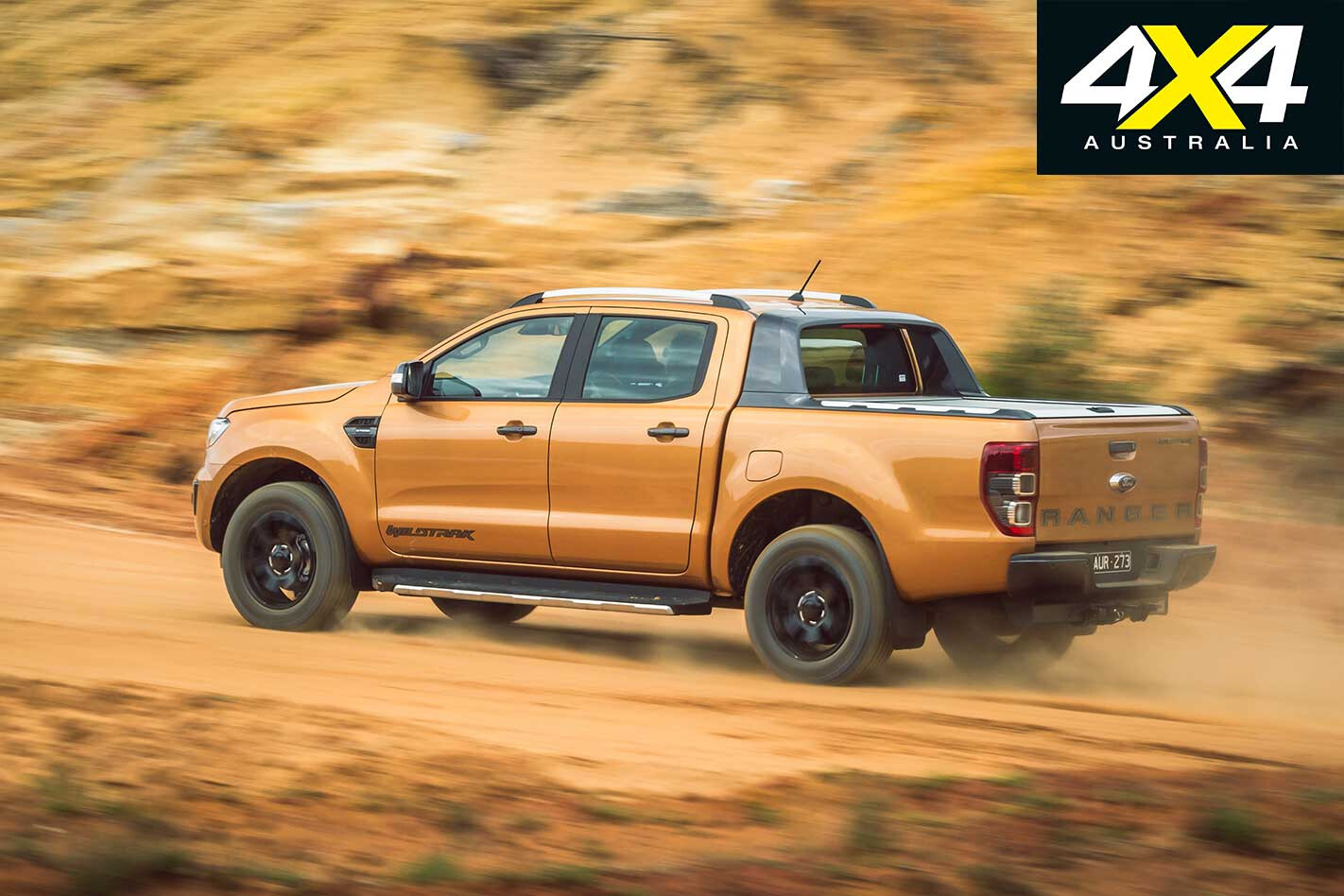
As a result, the 2.0BTD lopes along on back roads and freeways; but you’d better not be in too much of a hurry, as planting the foot for an overtaking manoeuvre doesn’t engender excitement or a rapid response, and it is here that this engine – and the 3.2TD for that matter – lets down the vehicle’s improved chassis dynamics.
The vehicle is no slouch, but more mid-range grunt would be welcome in these circumstances – as it would be in the Raptor. The 10-speed does its best to minimise lag and keep the 2.0BTD in its narrow (1750-2000rpm) optimum torque band, but is not as quick as some in its class.
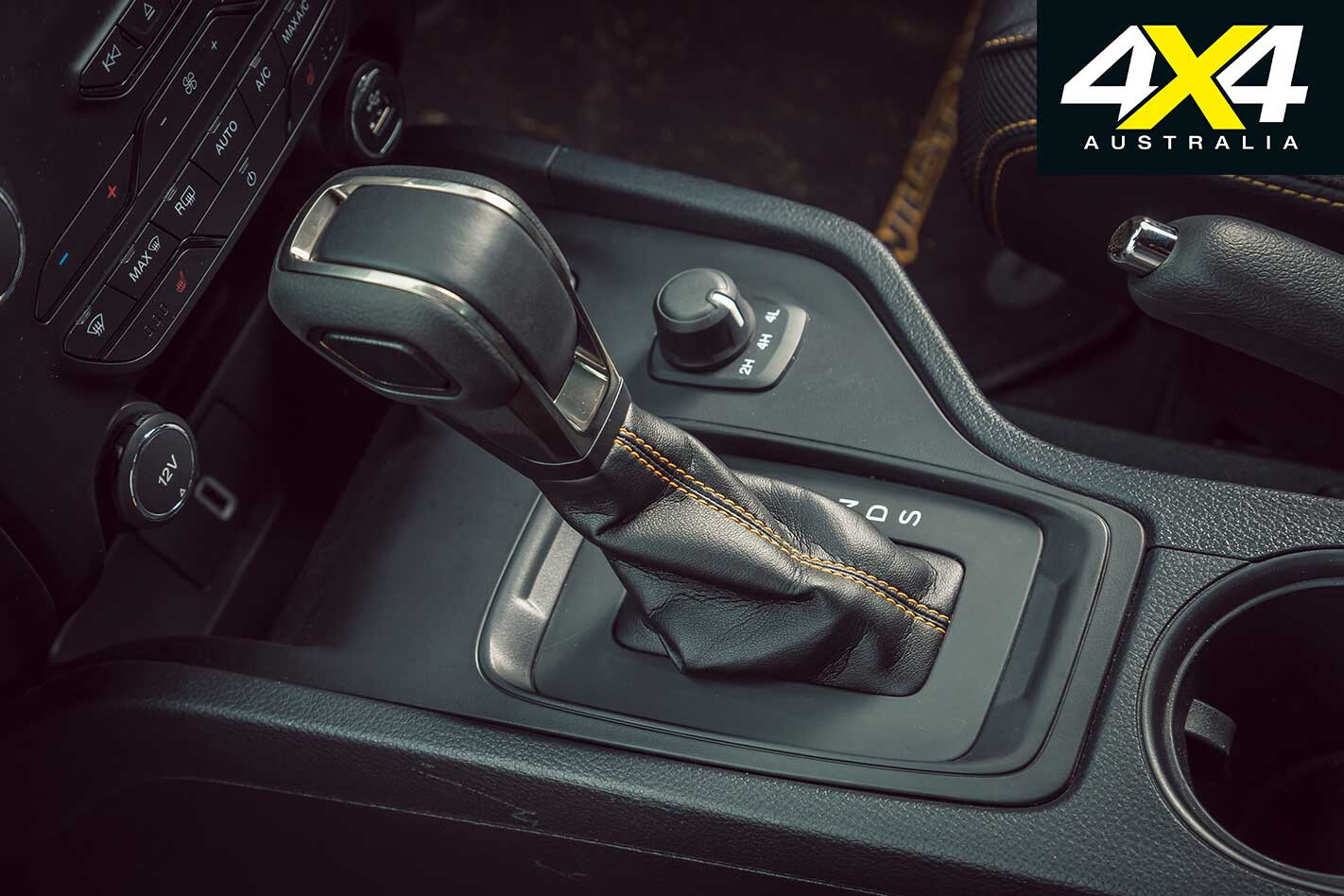
It is, however, decidedly quieter than the 3.2TD, with a muted growl from the ‘small’ engine the only aural intrusion into the cabin; jumping out of a bi-turbo-equipped Ranger into one sporting the inline five you can really notice the difference, with the 3.2TD decidedly tractor-like in terms of sound.
Performance-wise, the 3.2TD still gets along okay, albeit with a slightly more peaky delivery of grunt. If it was possible, it would be interesting to slap the new 10-speed auto behind the five-cylinder just to see what a difference those tightly clustered ratios would make.

The revised suspension sees the front end feeling more planted and offering a flatter stance when cornering. Sadly, the leaf-sprung rear end cannot keep up, with noticeable bump steer (as you’d expect with an unladen tray), but once you adjust accordingly it is still quite easy to shove the Ranger around aggressively on winding roads.
Off-road, the revised Ranger, regardless of powerplant, is still one of the most capable 4×4 dual-cabs on the market; the combo of rear diff lock and still-active traction control when the locker is activated sees it clamber up and down seriously rugged terrain with aplomb.
The Task Ahead
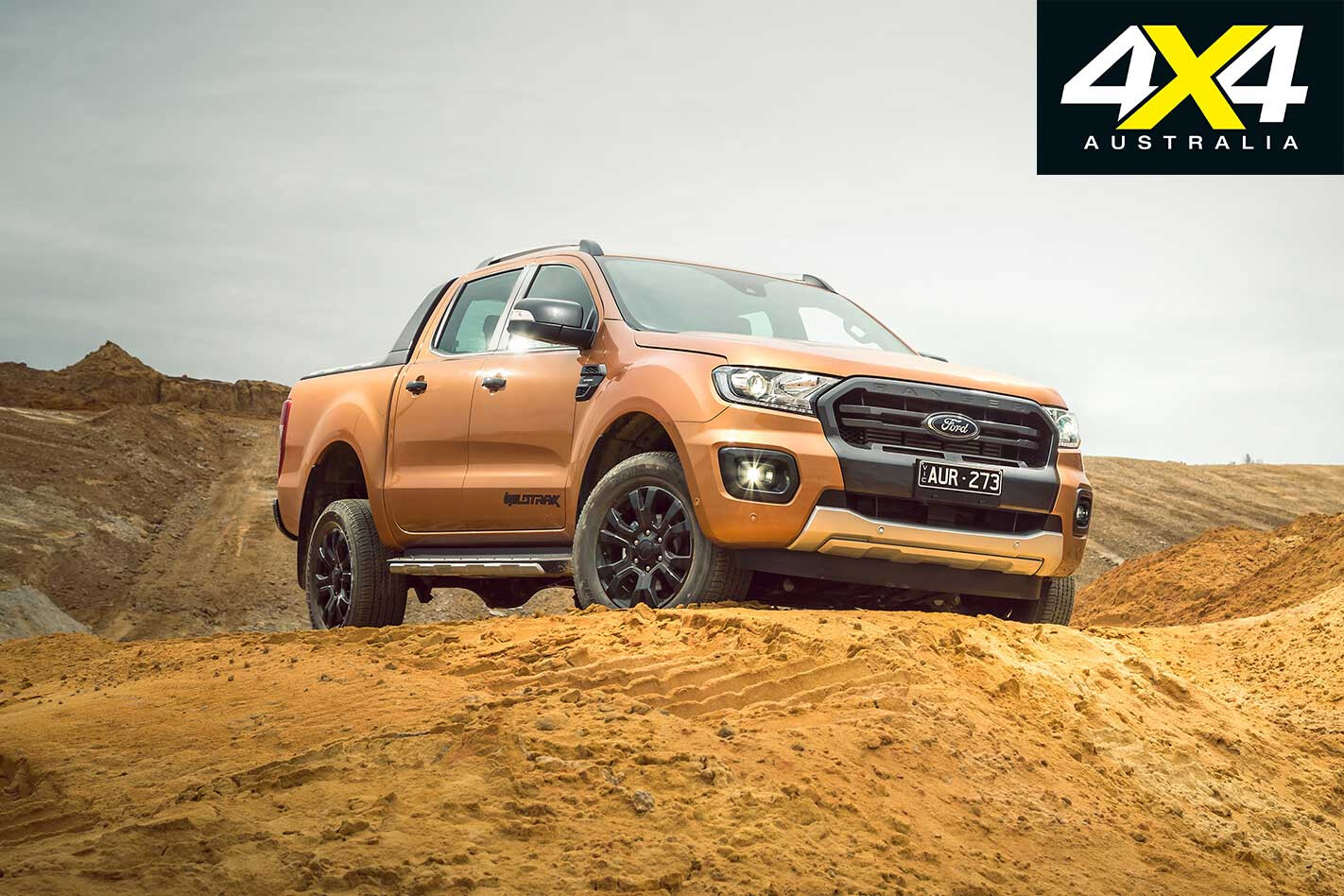
IT WILL be interesting to see how Ford goes about convincing potential buyers of the merits of the 2.0BTD powerplant option. We say this because, as much as they’d like to sell off the additional (and impressive) safety features that are now standard, along with that improved ride and handling, it will still come down to what propels the revised workhorse.
There will, of course, be the invariable comments on ‘small capacity’ and, really, the 3.2TD is still a bloody decent donk and will no doubt remain popular, but with that sweet 10-speed auto and reduced fuel consumption – at a relatively small premium – this ‘little’ engine might end up being the one that could.

2019 FORD RANGER PRICES – XL 3.2L (manual): $47,890** – XL 3.2L (auto): $50,090** – XLS 3.2L (manual): $49,190** – XLS 3.2L (auto): $51,390** – XLT 3.2L (manual): $55,990** – XLT 3.2L (auto): $58,190** – XLT 2.0L (auto): $59,390** – Wildtrak 3.2L (manual): $60,590** – Wildtrak 3.2L (auto): $62,790** – Wildtrak 2.0L (auto): $63,990**
The Perfect Park

FORD Australia demonstrated the Semi Auto Active Park Assist setup during the 2019 Ranger launch, and it is pretty cool. The Ranger can identify a suitable parking spot while travelling at a speed of up to 35km/h.
Once the vehicle has identified a large enough space (at a minimum, it needs to be 20 per cent longer than the Ranger itself, leaving approximately 550mm front and rear of clear space), you simply indicate, select reverse and apply the necessary throttle, gears and brakes when needed while the SAAPA system does all the elbow work. And yes, it is slightly off-putting watching the steering wheel move by itself while you sit there.
MORE: Ford Ranger Range Review MORE: Ford Ranger Specs, Range & Price

